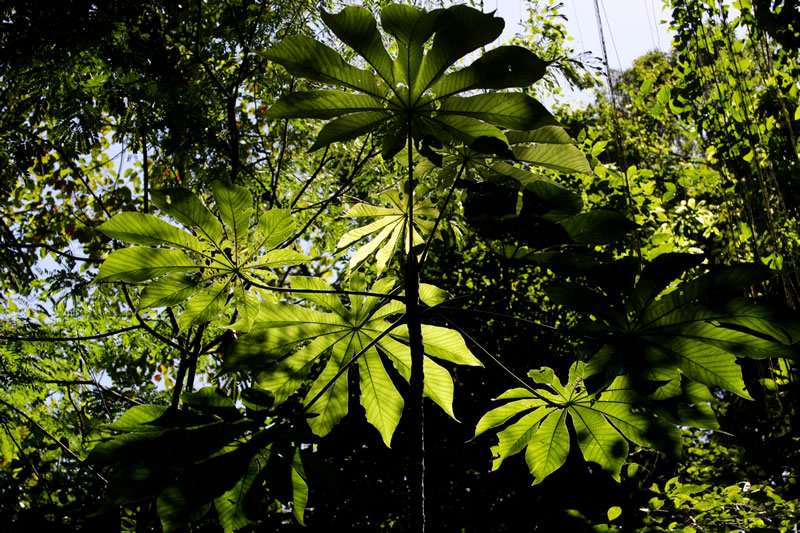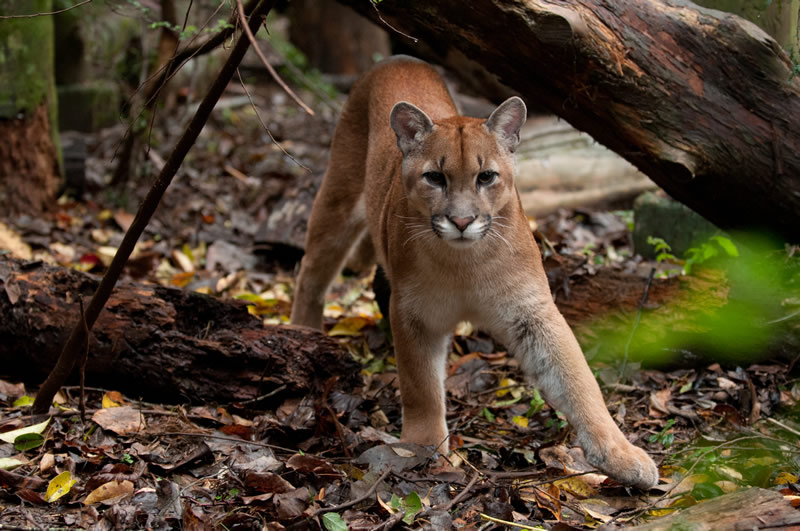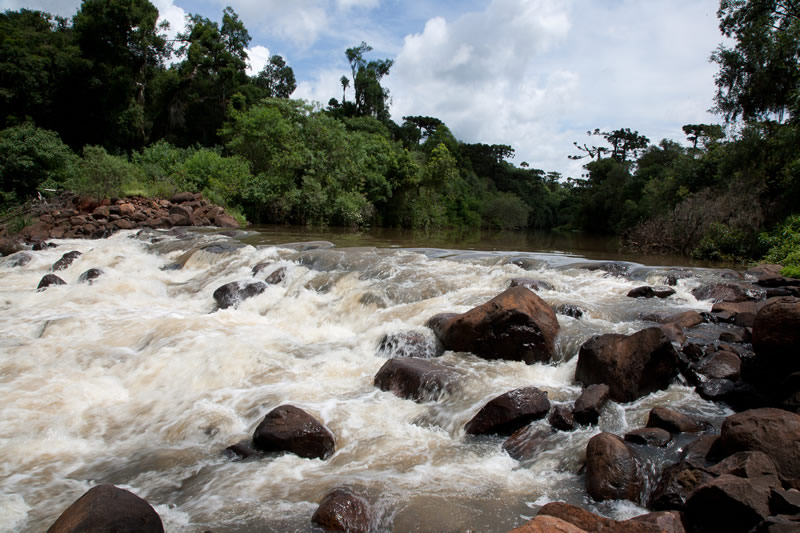Historically, the landscape has been modified by human activities, which cause some natural elements to become increasingly rare, but the forest sector has worked actively to maintain natural ecosystems and their services.
Good land use depends on a change in current patterns of consumption, agrarian regularization, transparent inter-sector dialog, and agricultural and forestry practices that consider technologies and strategies which are based on landscape planning.
Techniques are currently appearing in the sector that use concepts of landscape planning and incorporate into operations a concern with maintaining or improving the visual quality of areas, as well as ensuring environmental services such as regulation of water flow, maintenance of ecological corridors, and CO2 sequestration. This is reflected in a better balance between the demand for planted forests and the need to maintain environmental quality, with the added advantage of improving the image of the private forest sector in the country.
In addition to the new intensification techniques which are available, companies in the industry assess areas that are eligible for expansion, focusing on areas that have already been converted, such as degraded pastures. Once the site is chosen, technologies such as precision agriculture, biotechnology, mechanized forestry, and good management practices are adopted. The construction of mosaics of natural forests interspersed with planted forests for production, for example, guarantees environmental services such as biodiversity, carbon absorption, and maintenance of water resources.
The forests should provide enough products for the consumer market while they simultaneously maintain habitat for fauna, allow rural development, and provide places for recreation. These goals should be considered and attained by forest enterprises, whether private or public.
Internationally, Brazil stands out as the country where the planted tree sector protects the most natural areas. Today, there are 5.9 million hectares contained in Permanent Preservation Areas (APP), Legal Reserve areas (RL), and Private Natural Heritage Reserves (RPPN). For each hectare planted with trees for industrial purposes, practically another 0.7 hectare is destined for preservation. Almost 14% of the 50 million hectares of natural habitat preserved in Brazil outside of protected areas are the responsibility of the planted tree industry.




